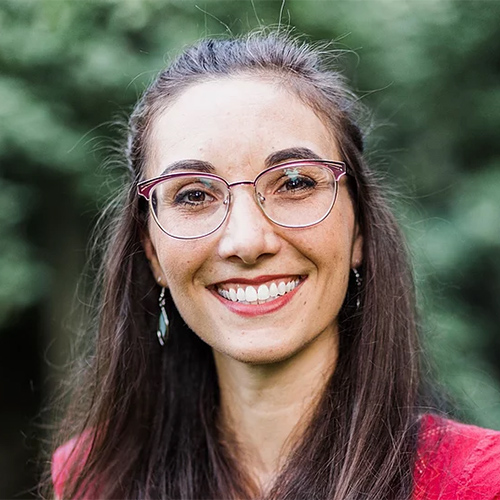What does having a financially sustainable ministry mean? The one-size-fits-all answer is simple. The revenue coming in is consistently more than the expenses going out. But this simple answer obscures the gap between those benefiting from generations of building wealth and those in Black and brown America who have had wealth stolen across the years. Calculating sustainability needs to account for this gap.
I hope that the current pandemic, economic recession and renewed attention to racial inequity is teaching those in the dominant culture that one size does not fit all. When “we” talk about money, the field is never level.
African Americans were treated as property for generations while white Americans were acquiring land and accumulating money. The starting places for families in these communities today is not equal. Whenever we discuss financial sustainability, we have to examine the conditions that create, or that make it difficult to create, wealth.
Sustainability is a sought-after goal in new-program development. In financial terms, it refers to developing revenue sources that provide funding to keep the program going. Sometimes it is as simple as one funder asking the program to find other donors. Sometimes it means adding fees to the service or getting somebody else’s budget to pay the cost. Often it includes reducing the cost of the service to match the expected revenue.
As a white leader in a dominant-culture organization, I hear the talk about making adjustments and raising more money -- and it all seems doable. The pandemic has thrown up a roadblock, so reaching sustainability will likely take more time, but “we” believe that “we” can be back to normal in six months or a year. A few think that “we” are in for a decade of economic difficulty.
The use of “we” covers up the different experiences in different communities. When listening to colleagues in organizations founded by and rooted in African American and Latino/a communities, I recognize that they hear talk of sustainability differently. They have learned to say what funders want to hear, but they translate the words into a different set of actions.
For example, I have encountered a handful of organizations in these communities that recently had applied for but did not receive a $1 million grant to serve pastors. Most of these organizations moved forward to develop and deliver as much as they could of the proposed program without the money. How? Mostly through unpaid labor. People affiliated with these organizations took on a second (and sometimes third or fourth) job to serve pastors. In economic terms, these organizations were investing sweat in place of money in order to do what was both most important and possible.
In financial terms, it looks as if these programs are doing great. In fact, they don’t seem to need the grant money. But when we listen to their stories, it is clear that valuable ministry is being performed by exhausted leaders.
The white-culture organizations where I have worked talk about priorities. These organizations have the privilege of deciding how to serve according to the financial resources available. But I have observed many organizations that are part of African American and Latino/a communities prioritize according to the needs of their communities and the world. The leaders of these organizations do what is needed regardless of the money.
How can I learn from this dedication and not participate in taking advantage of it? One element of privilege is not recognizing the impact of categories like sustainability on those without privilege.
This realization has made me more careful when planning a collaborative project with organizations from different cultural, racial and ethnic communities. For example, I now ask partners about pay equity across the project for the same work. I don’t assume that because employees at my white, dominant-culture organization are paid a fair wage, all the collaborating organizations are able to do the same. How do we plan the project so that people are paid equitably?
In fact, the concern starts in the planning phase. What creates the conditions so that all the organizations involved in planning a project have the resources to do the planning? Those with wealth have the option of choosing to shift their efforts to a new project. Those with no resources have to double up on their work to do something new.
If a project is underway, what would it be like to count the labor of these leaders as part of sustainability? What would it be like for donors to see that they are matching a contribution of labor and recognize that effort as part of sustainability?
What would happen if donors recognized the vast disparity between the assets accumulated by white-dominant organizations and white families when compared with African American and immigrant institutions and families? What if the funding levels were calibrated to address these disparities? What would happen if organizations in these communities had significantly longer to develop sustainability plans for donors?
In the midst of economic challenges, more complex and nuanced definitions of sustainability need to be used. All who donate and benefit from donations can learn to pay attention to the needs in communities, as well as who can be supported to address these needs. Moving too quickly to asking a program to “pay for itself” can continue a cycle that takes resources away from long-disadvantaged people.
As a white leader, I must learn more about the challenges faced by my colleagues in different racial, ethnic and cultural communities and advocate for adjustments that provide a path to more equity. I must not leave all the weight for making this case on these leaders.

















